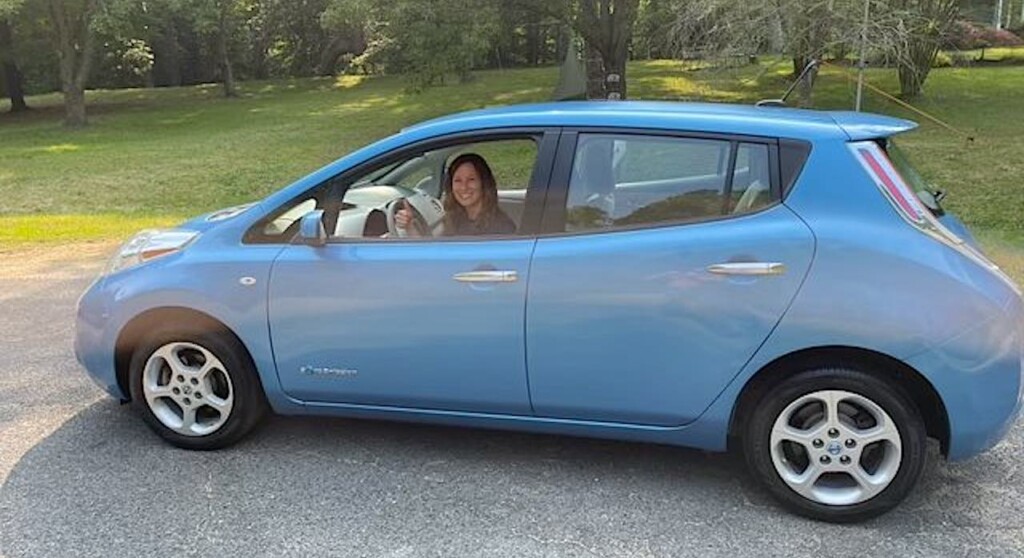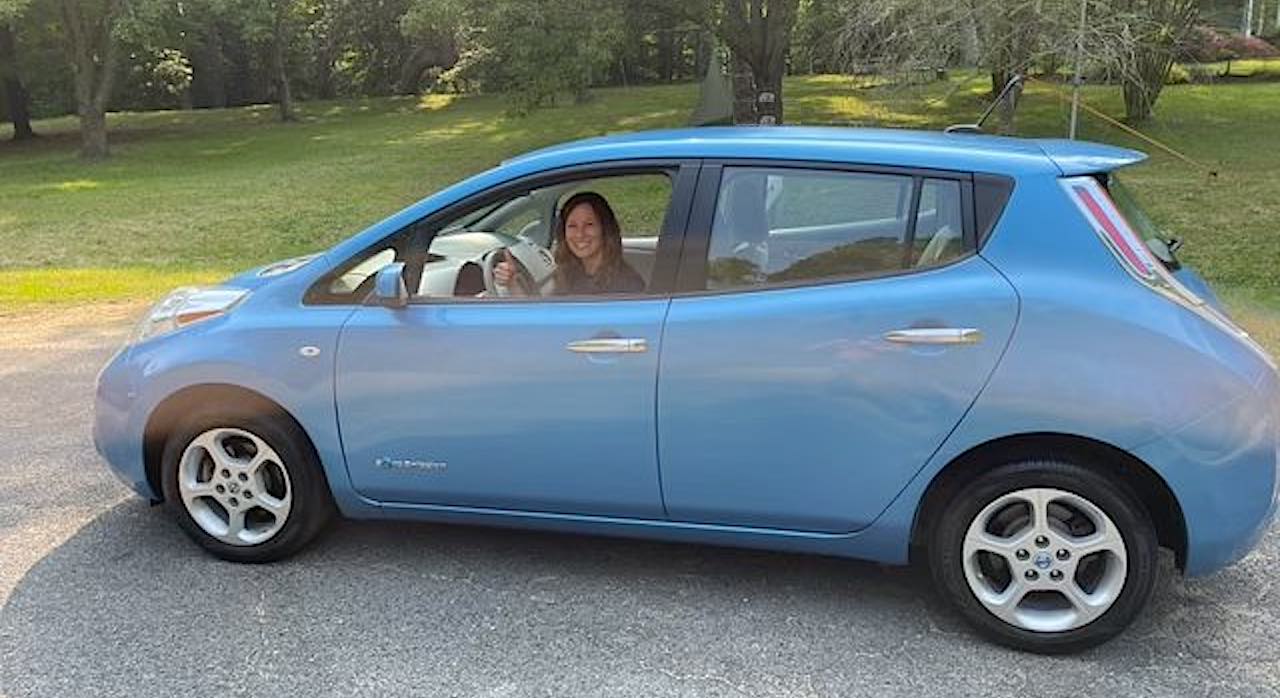
During the crucial first two years of life, the brain undergoes significant development, with a staggering one million neural connections formed every second, yet air pollution around cities has emerged as a significant barrier to that healthy brain development, so Kate Harrison decided to devote her life to promoting a solution.
In 2014, almost half of Americans lived in areas that fell short of federal air quality standards.
Since 1958, scientists have shown automobile exhaust to be the main driver of that urban air pollution. Further, transportation emissions are the largest share of greenhouse gas emissions, which contribute to climate change in the U.S.
Today, cities already have the solution: engines powered by electricity, not gasoline, eliminate tailpipe emissions altogether.
“I suffered from childhood asthma growing up in New Haven, Connecticut where almost 15% of kids have asthma—almost double the national average,” Ms. Harrison told GNN.
“The need for cities to reduce pollution is a moral imperative with clearly defined consequences for their most vulnerable residents,” she says. “Especially in many minority communities which are jammed up against highways and major traffic corridors.”
Harrison became a co-founder of MoveEV, which is an EV transition company that helps organizations convert fleet and employee-owned gas vehicles to electric—with reimbursements for charging at home.
If all new cars, pickup trucks, and SUVs sold in the next decade were zero-emission, there would be up to 89,300 fewer premature deaths, two million fewer asthma attacks, 10 million fewer lost workdays, and a savings of $978 billion in public health benefits across the U.S. by 2050, according to the American Lung Association.
Norway is often cited as a real-world example of how EV adoption can reduce air pollution.
About 80% of new cars sold there now are fully electric, and another 10% are plug-in hybrids—and the country is powered by an electricity grid that is already very green (91.8% hydropower and 6.4% wind).
As a result, emissions of dangerous particles plunged by a whopping three-quarters from 2000 to 2020.
“EVs are an incredible technology that can move the needle on climate pollution, help families—and cities—save money, and improve our health.”
CHECK OUT: The Many Reasons Electric Vehicles Are ‘Green’, According to Yale Researchers
California’s ambitious EV adoption goals in recent years have yielded measurable results, too.
According to a study in California from 2013-19, increasing the number of electric vehicles per 1,000 people by just 20 in a given zip code was associated with a 3.2% drop in the rate of emergency room visits due to asthma—a common side effect of inhaling combustion byproducts from cars.
Harrison believes cities should set an example for residents by ditching gasoline-powered fleet vehicles, like trucks and buses, in favor of EVs—and there is a growing number of such conversions. Even businesses are transitioning; Amazon has more than 100,000 EV delivery vans on the road today.
New York City already operates more than 4,000 government-owned EVs, including an electrified garbage truck fleet. The federal government’s Clean School Bus Program is providing more than $5 billion to help cities prioritize vehicles moving children and idling near schools.

Helping individuals make their own transition to EVs, Kate wrote a blog on the MoveEV website about buying a 2012 Nissan Leaf, demonstrating how it was “an insanely affordable electric vehicle.”
Making it easier for drivers of these electric cars, Los Angeles, which is ground zero for harmful tailpipe emissions, provides residents with over 1,100 public charging stations, free parking, and charging for EVs at some locations—and rebates for residents who install home chargers.
In some cities, such as San Francisco, EV drivers receive reduced bridge tolls.
EV CHARGING in MIDWEST: 5 Midwestern Governors Sign Up to Create EV Charging Network to Keep Electric Vehicles Moving
“Every parent deserves the assurance that their child’s environment isn’t silently eroding their potential,” said Harrison. “Data from places like Norway and California present not just a vision but a tangible reality of what is achievable.”
“It’s no longer a question of whether cities can afford to embrace electric vehicles but whether they can afford not to. With advances in EV technology, cities and counties have no excuse not to meet the imperative of embracing EV adoption”—and MoveEV can help them do it.
CONVINCED? One of the Biggest Myths About EVs is Busted in New Study
CLEAN UP the World With EVs By Sharing This on Social Media…




















